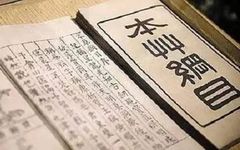It is well known that the Compendium of Materia Medica (Bencao Gangmu) was written by Li Shizhen during the Ming Dynasty. The breadth of its content and the rigor of Li Shizhen’s writing are truly admirable. Many of its contents have had a profound impact on the development of medicine in later generations and are still revered as the “Encyclopedia of Chinese Medicine”. During the writing process, Li Shizhen maintained a rigorous attitude, fully embodying the spirit of “Shennong tasting hundreds of herbs”. He personally tried out over ten thousand prescriptions and nearly two thousand medicinal substances, meticulously recording their effects.
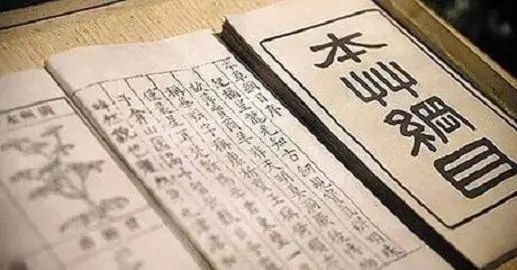
Everyone says that Western medicine treats symptoms while Traditional Chinese Medicine (TCM) addresses the root cause. Whether from the perspective of Chinese people or foreigners, TCM practitioners are seen as remarkable figures. They use various plants or unexpected common items from daily life, applying them in such a way that they can transform decay into the miraculous, alleviating patients’ suffering and eradicating the root of diseases. However, in the Compendium of Materia Medica, Li Shizhen recorded some “strange” prescriptions that are quite nauseating to read. Next, we will present a few examples for a brief understanding.
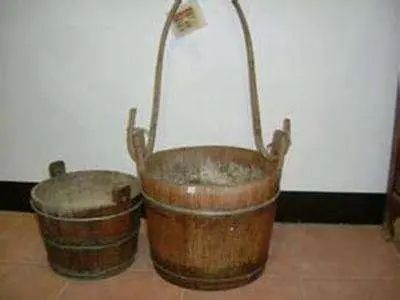
In the Compendium of Materia Medica, most of the materials used are various plants, but there are also some bizarre items that make one doubt their eyes. For example, earwax, dandruff, human milk, dental plaque, and even feces are included in Li Shizhen’s records. When this book was translated into multiple languages and read by renowned doctors around the world, one wonders what their reactions were upon encountering these contents. Did anyone, with a rigorous academic attitude, try them out personally?
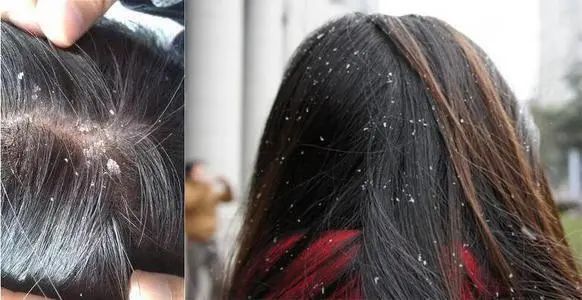
How are these “heavy-flavored” items specifically used? Let’s take a look. For instance, dandruff is not the kind we scratch off our heads, but rather the remnants that remain on a wooden comb. In TCM, this type of dandruff is referred to as “Bai Chi Shuang” (百齿霜, literally “Hundred Tooth Frost”). According to the records in the Compendium of Materia Medica, it can treat toxic conditions by being mixed with rice soup or wine for consumption, causing the poisoned individual to vomit out the toxins. However, it is hard to imagine that one could avoid vomiting after consuming such a disgusting substance. Additionally, it can also treat headaches, cholera, and sores on women’s feet.
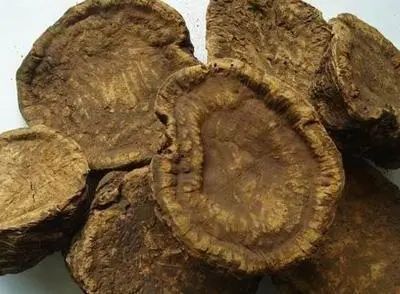
In Li Shizhen’s records, earwax is also an important medicinal material. However, it has an alias called “Nai Gao” (脑膏, literally “Brain Ointment”). Nai Gao can be used to treat wounds inflicted by poisonous bites; it simply needs to be applied to the wound. Dental plaque can also treat external injuries, with a similar application method to earwax. At this point, one might feel quite nauseated. But wait, there are even more disgusting remedies to come.
According to Li Shizhen, feces can also be used to treat diseases. Feces should be buried underground, allowing moisture to seep out, which is referred to as “Huang Long Tang” (黄龙汤, literally “Yellow Dragon Decoction”). Urine is called “Lun Hui Jiu” (轮回酒, literally “Reincarnation Wine”). Both of these are considered important medicines that can treat diseases. According to Li Shizhen’s records, consuming them is very effective for treating diabetes. Diabetes is still quite common today, but it is unlikely that anyone would be willing to use such methods for treatment.
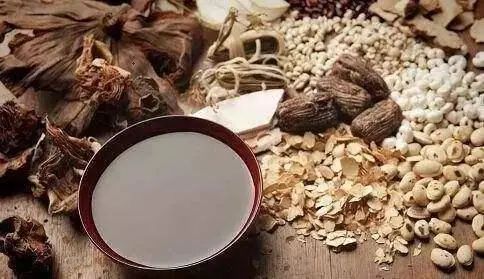
Bedwetting in children is very common, but it can be quite troublesome on rainy days. Li Shizhen believed that there is no need to worry; it can be treated! All that is needed is to mix fecal water from a latrine with a bowl of rice and have the bedwetting child eat it. If a child is frightened and cries at night, Li Shizhen also had a solution. Simply place a piece of cow dung under the child’s bed, and that would do the trick. However, Li Shizhen also had one piece of “medical advice”: do not let the patient know that these methods are being used to treat them, perhaps out of concern for causing psychological burdens. But with the pungent smell of fecal water, it is likely that the child would know without being told.

The Compendium of Materia Medica is a remarkable collection of medical knowledge, containing many precious treatment methods. However, since it was written in the distant Ming Dynasty, it does contain some elements of superstition. For example, using the skull of a groundhog hung by an infant’s crib to treat night crying, or burning parents’ nails into ash to treat a child’s abdominal distension, have no scientific basis. Nevertheless, Li Shizhen’s immense contributions to the development of human medical history cannot be overstated. In the medical community, Li Shizhen remains a spirit that encourages healthcare workers to adopt a more rigorous and dedicated work attitude.
Recommended Articles
What to do if feces are stuck at the anal opening and cannot be expelled? Natural “constipation fruit” can help!
Is your stool always stuck at the anal opening? Here are simple methods to moisten the intestines and facilitate bowel movements.
Can’t relieve constipation? Press the acupoint on your finger for 5 minutes daily to clear out years of accumulated stool.

